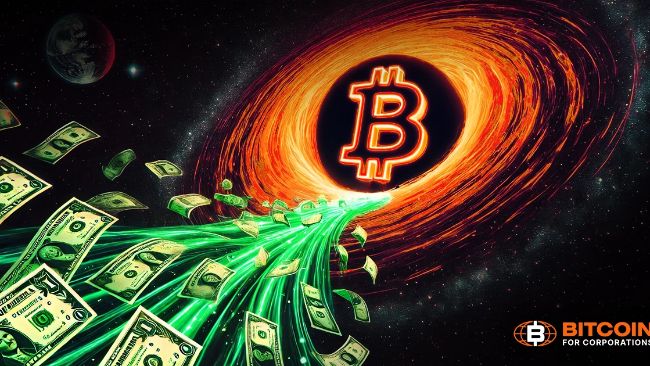Listen to the article
The options open interest (OOI) market is now about $40 billion larger than futures open interest (FOI), marking one of the widest gaps between the two, according to CheckonChain data.
OOI represents the total number of outstanding options contracts that have not yet been settled, while FOI reflects the total value of open futures positions across exchanges.
The options market supports a variety of functions, including hedging, delta-neutral strategies, volatility trading and structured product creation. In contrast, a large futures market typically signals higher levels of leverage in the system, which can intensify liquidations during periods of market stress such as the major crypto sell-off two weeks ago.
To support this point, bitcoin’s price had only corrected about 18% from its all-time high to the recent low of $103,000, a typical bull market pullback for this cycle. In previous cycles, similar conditions likely would have resulted in a much deeper sell-off.
CheckonChain data shows OOI currently stands near $108 billion, just below its all-time high of $112 billion, while FOI is at $68 billion, down significantly from its peak of $91 billion. The steady rise in OOI throughout 2025 has widened the gap between the two, driven largely by the leverage wipeout during the recent liquidation event that erased more than $20 billion in FOI.
A growing options market, particularly one concentrated on regulated platforms, tends to encourage more sophisticated hedging activity and reduce overall market volatility, signaling continued maturation in bitcoin’s financial cycle.
A key factor contributing to reduced volatility was the launch of options trading on BlackRock’s iShares Bitcoin Trust (IBIT) in November 2024. IBIT has quickly become the largest bitcoin options platform, overtaking Deribit.
As OOI becomes a more dominant market instrument than FOI, this structural shift could shape the current cycle through volatility compression.
A larger options market may help cushion downside risks during bear phases, though it could also lead to less pronounced price surges during bullish periods.



